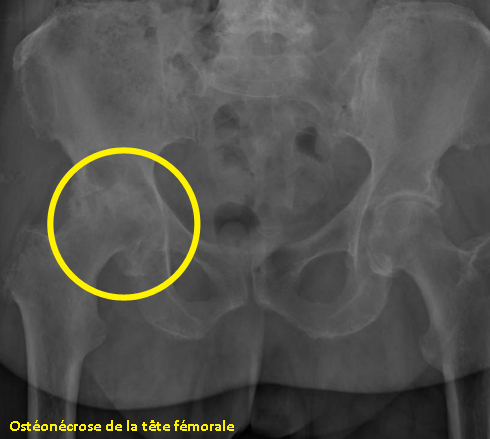
There are various surgical techniques for the treatment of osteonecrosis.
The hip prosthesis is indicated in the most advanced forms of the disease. The procedure consists of removing the femoral head and replacing it with a prosthetic implant.
The drilling of the femoral head, with or without bone graft, is a so-called conservative treatment. It is indicated in the early stages of the disease and in the youngest subjects.
The procedure involves digging a tunnel in the necrotic bone to trigger the production of new cells. The result is optimized by the addition of a bone graft, usually an auto graft after graft removal at the level of the iliac crest.
Osteotomy involves altering the orientation of the limb to relieve the parts that must slip against each other (femoral head and acetabulum). A cut is made in the upper part of the femur and the axis is modified by pivoting the femoral head. The femur will be stabilized by attaching pins.


